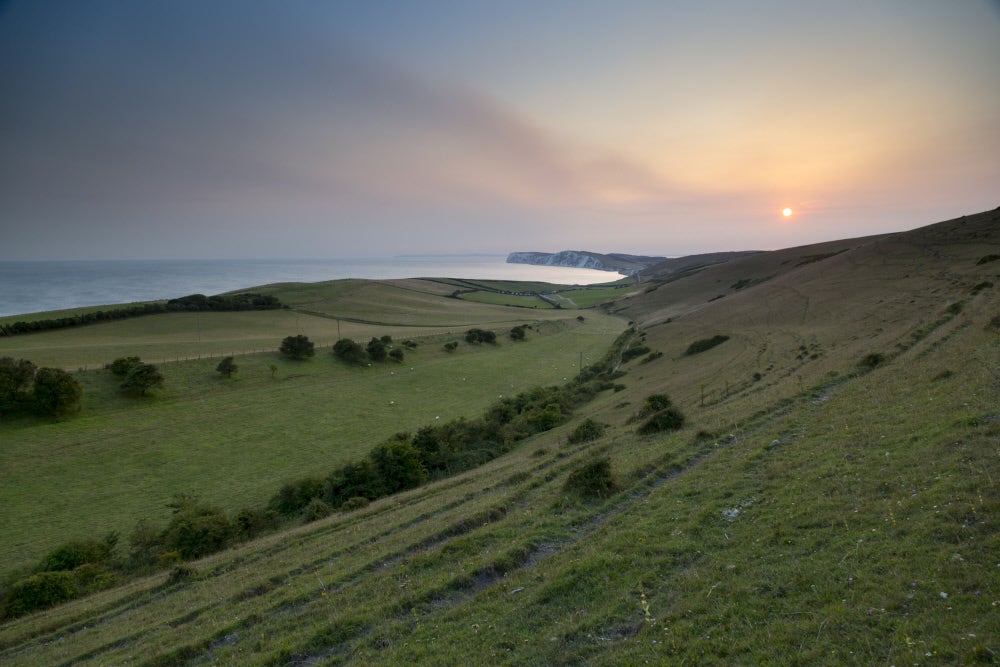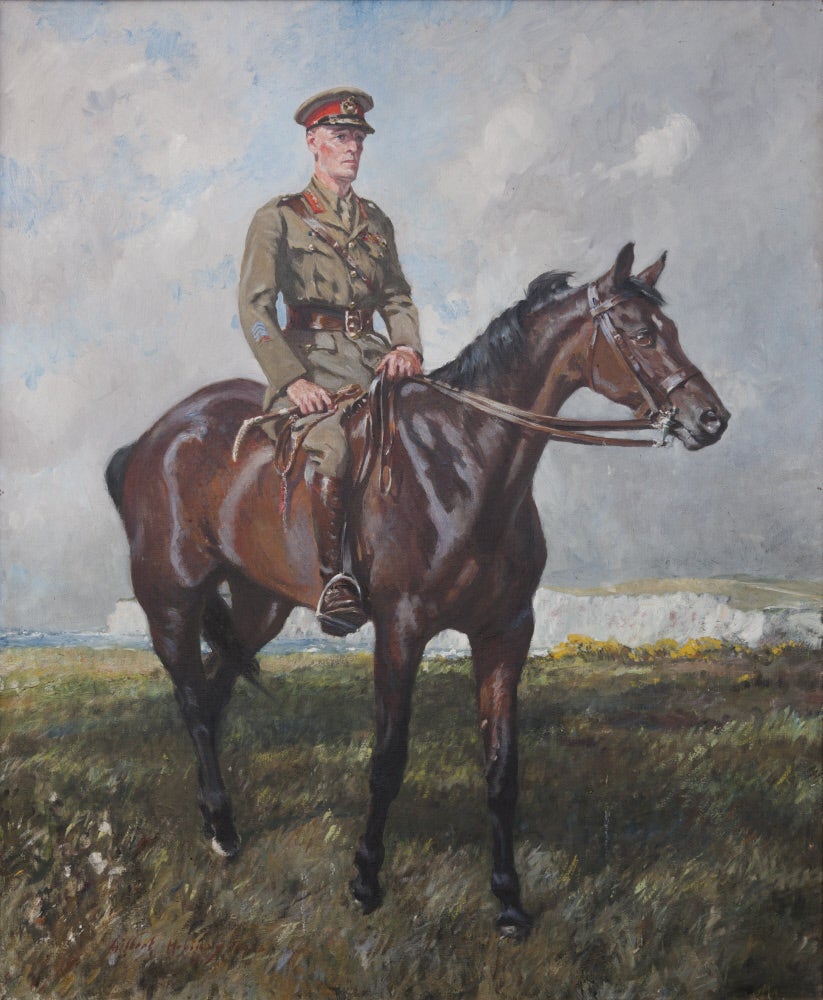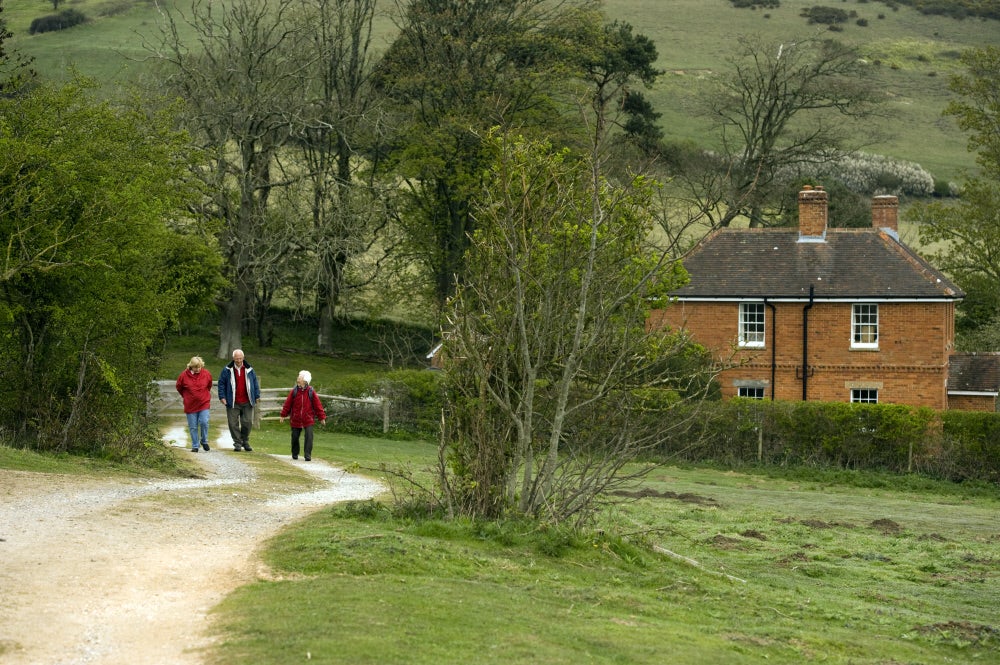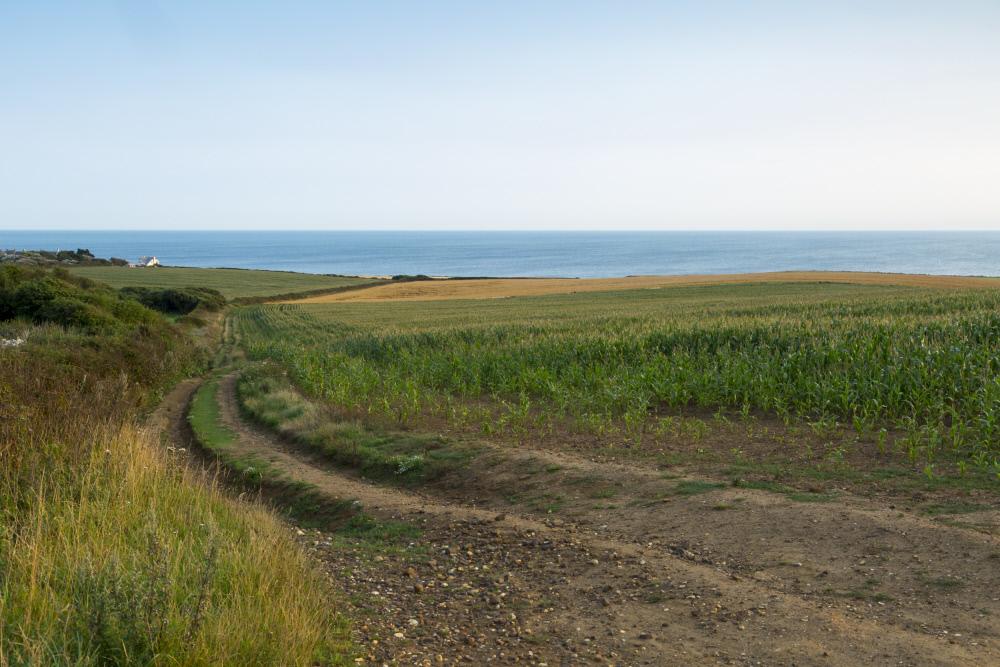On the trail of the real-life Warhorse: Walking the Isle of Wight’s Warrior Trail
The ‘horse the Germans couldn’t kill’ was a local hero. Mark Rowe follows in his hoof-prints

Your support helps us to tell the story
From reproductive rights to climate change to Big Tech, The Independent is on the ground when the story is developing. Whether it's investigating the financials of Elon Musk's pro-Trump PAC or producing our latest documentary, 'The A Word', which shines a light on the American women fighting for reproductive rights, we know how important it is to parse out the facts from the messaging.
At such a critical moment in US history, we need reporters on the ground. Your donation allows us to keep sending journalists to speak to both sides of the story.
The Independent is trusted by Americans across the entire political spectrum. And unlike many other quality news outlets, we choose not to lock Americans out of our reporting and analysis with paywalls. We believe quality journalism should be available to everyone, paid for by those who can afford it.
Your support makes all the difference.October’s end it may be, but the Isle of Wight has been basking in the kind of sunshine ordinarily associated with mid-summer. The weather has eased islanders and visitors out of their sofas and walkers are everywhere, as are cyclists, fell runners (or perhaps downs runners is more correct for this part of the country) and horse riders.
As I watch horse and rider plod up the bridleway towards Mottistone from the Military Road that crests the coast on the south side of the island, I wonder if the owner is aware of the distinguished hoof-steps in which she and her steed are following.
The fields and coast around the villages of Mottistone, Brook and the coast were once home to a real war horse, the presciently-named Warrior. Warrior was raised and trained on the Isle of Wight and later led into battle by General Jack Seely, a friend of Winston Churchill and who served in two Liberal governments before 1914.

Warrior was dubbed the “horse the Germans couldn’t kill” by the newspapers of his era, having survived some of the war’s most famous conflicts including battles at Ypres (1915), the Somme (1916) and becoming stuck in the mud of Passchendaele in 1917. At the Battle of Moreuil Wood in 1918 Warrior became lame and Seely was gassed. While his owner was invalided home, Warrior saw the war out and they were reunited in 1918. Upon his return to the Isle of Wight, Warrior was something of a local hero.
In War Horse, Michael Morpurgo’s better-known story, Joey is purchased to serve in World War One, surviving one extraordinary adventure after another. Morpurgo has said that his tale was inspired by stories gathered from veterans in his local pub; yet he – and we – might be forgiven for thinking Warrior’s ordeals were improbable, but his charmed life and narrow escapes are well documented. It’s a remarkable tale of survival: eight million other horses and mules did not return from the front. In 2014, he was posthumously awarded the PDSA Dickin medal, recognised as the animals’ Victoria Cross.
Warrior’s derring-do provides a loose framework for this delightful walk – themed as the Warrior Trail – around a slice of Wight countryside. I’m walking with David Howarth of the local Ramblers’ Association, who helped put the route together. As he points out, the walk is steeped in history but, that aside, it is a lovely excursion in its own right.
We strike out from the sleepy village of Mottistone through a sunken lane, heading uphill to emerge blinking into bright sunlight by the Long Stone, two huge blocks, one still standing 4 metres high, the other fallen; they dominate the surrounding downland and it’s thought they date back 5,000 years. As is the way with such things, they are aligned with the winter solstice so that the sunlight would run through the pencil-thin gap between the two.

We contour across Mottistone Common and Brook Down, one of the finest chalk landscapes in England with sweeping views out to sea, the path occasionally bringing Tennyson Down’s ski-jump contours into view. Here and there the path takes us through deep woodland and we lose count of the number of hovering kestrels we see; meanwhile Galloway cattle lazily graze on steep-side ridges.
Turning south we pass through the land of Dunsbury Farm, recently acquired by the National Trust, a move welcomed by campaigners as it will guarantee access in perpetuity to the adjacent beaches. The path takes us through the village of Brook where the young Warrior was reared and exercised in Sidling Paul fields. The church sits high above the field, its triangular west wall resembling a Swiss chalet. Inside the same wall is decorated by a long and sobering list of shipwrecks and rescuers; much of the restoration of the church used reclaimed wood from ill-fated ships.

Soon after, we spring ourselves on the sea above Brook Bay, where the disintegrating coast reveals more dinosaur fossils with every storm. This is also where Warrior first learned to brave the oncoming waves and was trained to confront the dangers of battle in the surf.
The views west take in the long chalky climb of Tennyson Down to the Needles; turning east the downland undulates its way up to the headland of St Catherine’s Point. This walk, I realise, has a bit of everything: downs, heathland, woods, quiet lanes, churches and coast; the Isle of Wight in a nutshell. The only geographical feature conspicuously absent is high mountains; were an unprecedented geological upheaval to suddenly take place then the island would have the box set.
We return to Mottistone via bridleways hemmed in with hedgerows: wrens, tree sparrows and thrushes are hollering as if it were spring. Chain mail -– an unusual flourish – hangs over the porch of the village church of St Peter and St Paul where Seely is buried. A question pops into my head: the warrior trail, superb as it is, lacks one thing: the horse’s final resting place.
I ask David why this is. Given Warrior died in 1941, I suspect I already know the answer. David clears his throat. “This is the bit where I warn the children on any walk I’m doing,” he admits. “The country was well into the Second World War, food was short and Warrior was eating a large bucket of food a day. We had rations and people were going hungry. It couldn’t be justified. He was 33 and had had a good life.” After so many years of loyal service and sacrifice, Warrior was duly led off to the knacker’s yard. Morpurgo said the tale of Joey the war horse was a universal one; the same can be said of Warrior’s ending.
Start/finish: Mottistone Manor National trust car park
Distance 5.7 miles/ 8km
Time: Three hours
Route: Two similar versions of this walk can be found at iowramblers.com and visitisleofwight.co.uk
Travel essentials
Getting there
Cross from Lymington to Yarmouth with Wight Link (wightlink.co.uk)
Bus number 12 runs between Newport and Mottistone (islandbuses.info)
Staying there
Mark Rowe stayed at Nettlecombe Farm (nettlecombefarm.co.uk) which offers self-catering cottages from £340 this autumn
Join our commenting forum
Join thought-provoking conversations, follow other Independent readers and see their replies
Comments